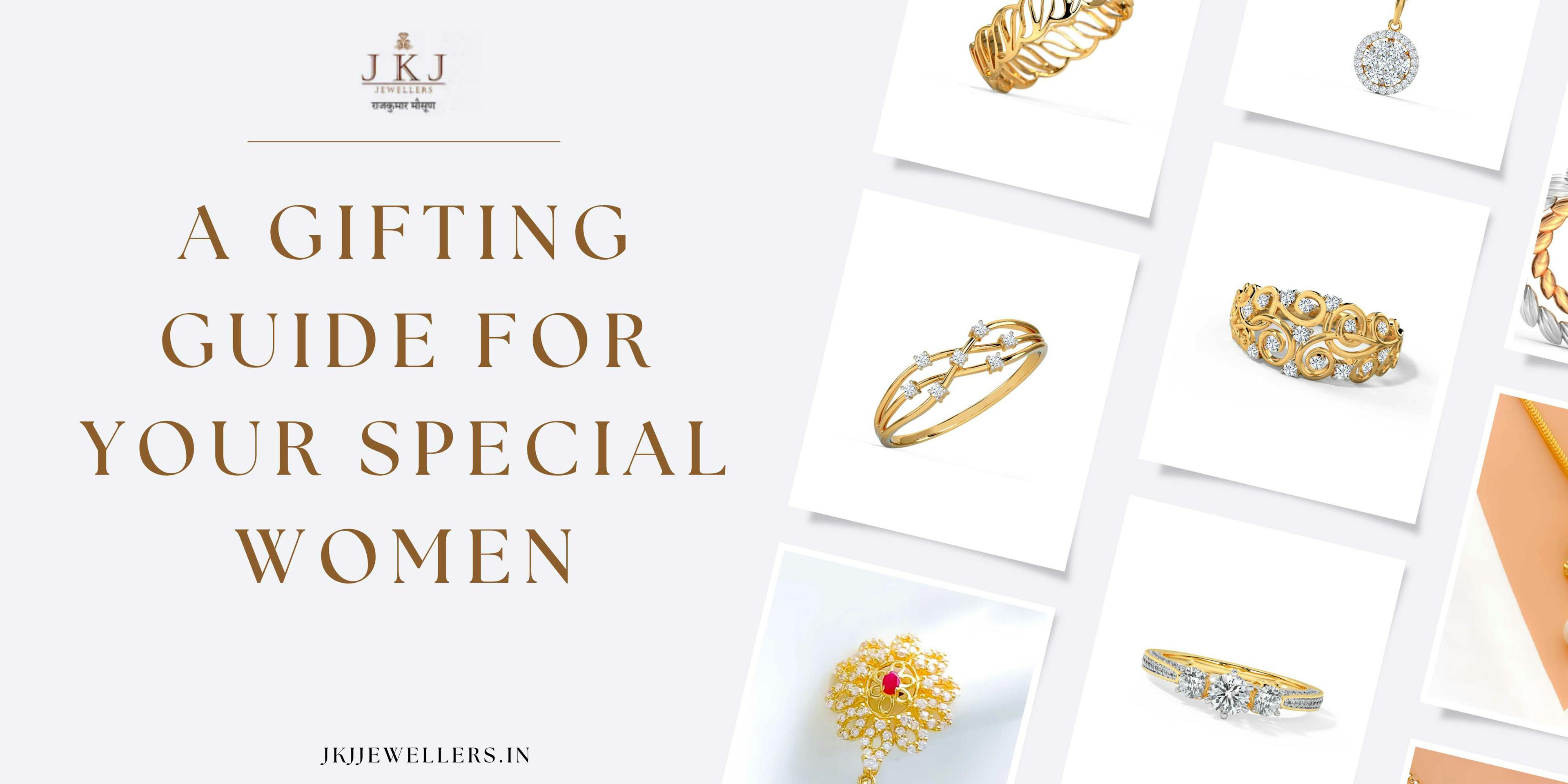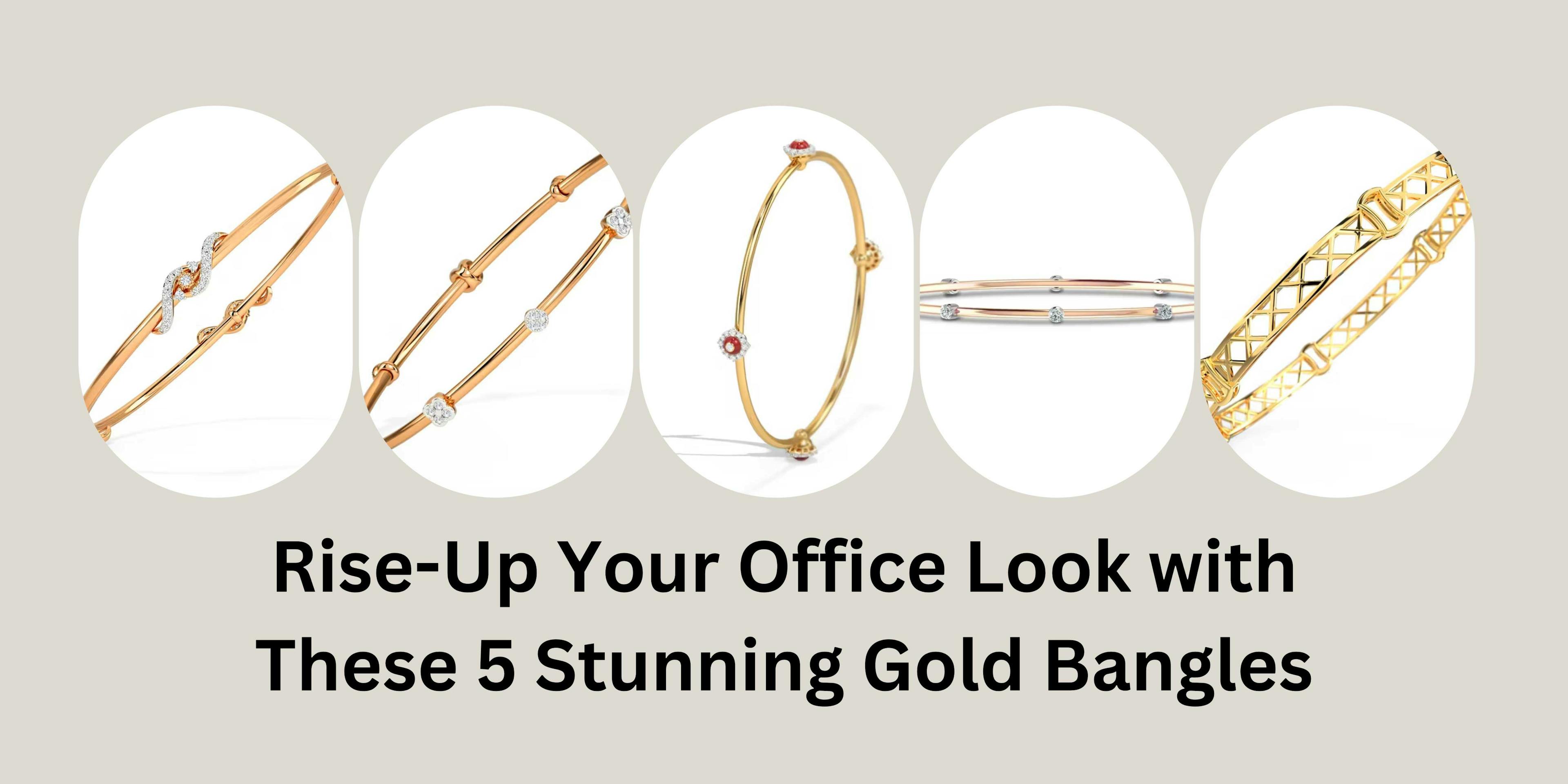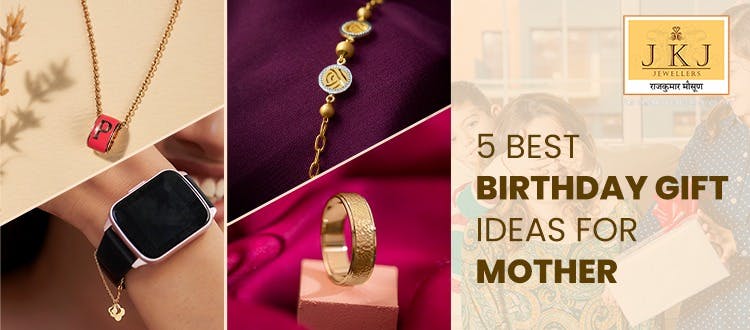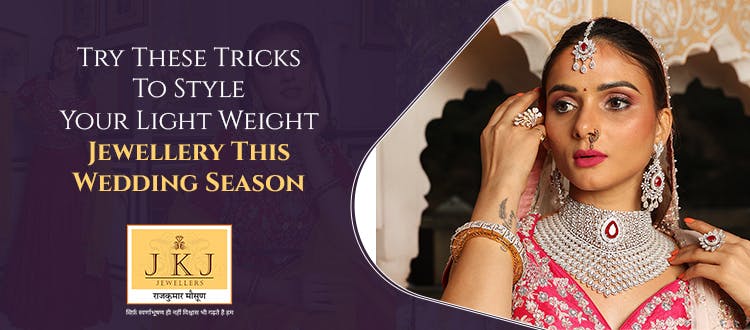Identifying Real Diamonds: A Quick Guide

While buying a diamond, it is important to check its quality and clarity. Because it is one of the most expensive and precious things. In this comprehensive guide, we will talk about some of the myths associated with diamonds, how to identify a real diamond, and the characteristics of a diamond.
1. The Basics of Diamonds: Importance and Origin
A diamond is not only aesthetically beautiful, but it is also an experience symbol of love, romance, and devotion. The name of the diamond is derived from the Greek word, which translates to "invincible.". This symbolic meaning is fitting for the diamond's historical commemoration of love and purity.
The earliest diamonds were found in India in the 4th century BC. Most of these early stones were transported through the network of trade routes connecting India and China. At the time of their discovery and even today, diamonds are valued for their strength and shine and their ability to refract light and engrave metal.
2. Debunking Common Myths
-
Diamonds Are The Hardest Gemstone on Earth: Fact
Diamond is considered to be the hardest gemstone on the planet. For example, diamonds are used by many dentists for delicate drills and are also used to cut many other materials, such as steel, iron, gold, titanium, sapphire, and emerald. Diamonds are the hardest substance on earth, and diamonds can only be cut by diamonds.
-
Diamonds Can not Break Easily: Myth!
As with many other materials, diamonds can also cut glass, depending on their strength. This doesn't mean you should try to cut a water glass from your new diamond engagement ring. However, even though diamonds can cut glass, they are still delicate enough to break if handled improperly. Based on the Mohs Scale of Relative Hardness, glass is ranked as a 5 on the scale, meaning it can only scratch things below it. Diamond is the only material ranked 10 on the scale, meaning it can scratch items below 10 on the list.
-
The Bigger The Diamond, The Higher The cost—myth!
The price of each diamond depends on its cut and clarity, a bigger diamond does not mean it will be worth more! Sometimes, smaller diamonds have better cut and clarity than larger diamonds. This actually increases the value of the diamond, but it has to go through a number of tests to determine the final cost. Further in this article, we will talk about some easy tests.
3. The Four Cs Simplified
The 4 C's of diamonds, i.e., cut, colour, clarity, and carat, are widely accepted standard characteristics that determine the quality and value of the diamonds. Finding the perfect harmony between these 4 C's will help you balance beauty and value when looking for a diamond. While each 'C' plays an important role in checking a diamond, 'Cut' is most important in determining a diamond's shine and sparkle.
These four characteristics of a diamond are the major factors affecting its beauty and structure. They decide how the diamond will look and how high quality it is. For instance, how well a diamond reflects light hinges mostly on its cut, color, and clarity.
Professionals grade the four characteristics of a diamond on a consistent scale, giving you a tool for evaluating and examining a diamond. By reviewing the 4Cs of a particular diamond, you can better determine whether the diamond is of high quality or not.
4. Authenticity Check: Reliable Methods
There are some tested methods to check the authenticity of the diamonds, whether they are real or not.
-
Water Test
The first is the water test, This is a straightforward method, and you can even use it at home to test a diamond. All you need to do is take a transparent or standard glass and fill it three-fourths full of water. Place a diamond in a glass, if the diamond sinks to the bottom of the glass, then it is a real diamond; Otherwise, it may be a fake.
-
Fog Test
The second is the 'fog test', hold the diamond or ring between two fingers or between two stands and breathe on it with a puff of air. The moisture and heat from your breath will cause a light fog to form on the diamond. If the fog clears immediately, then the diamond is real. If it takes several seconds for the fog to clear, it is probably a fake diamond. Diamonds conduct heat effectively and therefore dissipate heat rapidly.
-
UV Light Test
This is another way to test the authenticity of the diamond, place the diamond under UV light Most of the diamonds will emit a blue glow, but some diamonds do not glow in UV lights. If diamond does not shine, the results do not necessarily indicate that it is a fake diamond. Because this test is not definitive, it is best to have a diamond expert or jeweler use their advanced equipment to test the stone.
Finally, while these tips provide a starting point for you to assess a diamond's authenticity, it is important to seek expert guidance to ensure accuracy. Gemologists have the specialized knowledge and equipment to thoroughly examine diamonds, providing invaluable insight into their authenticity and quality. Therefore, while personal observations are practical, consultation with professionals guarantees a comprehensive evaluation, ultimately ensuring confidence in your diamond purchase. Also, make sure you check for the required certifications before purchasing.

























